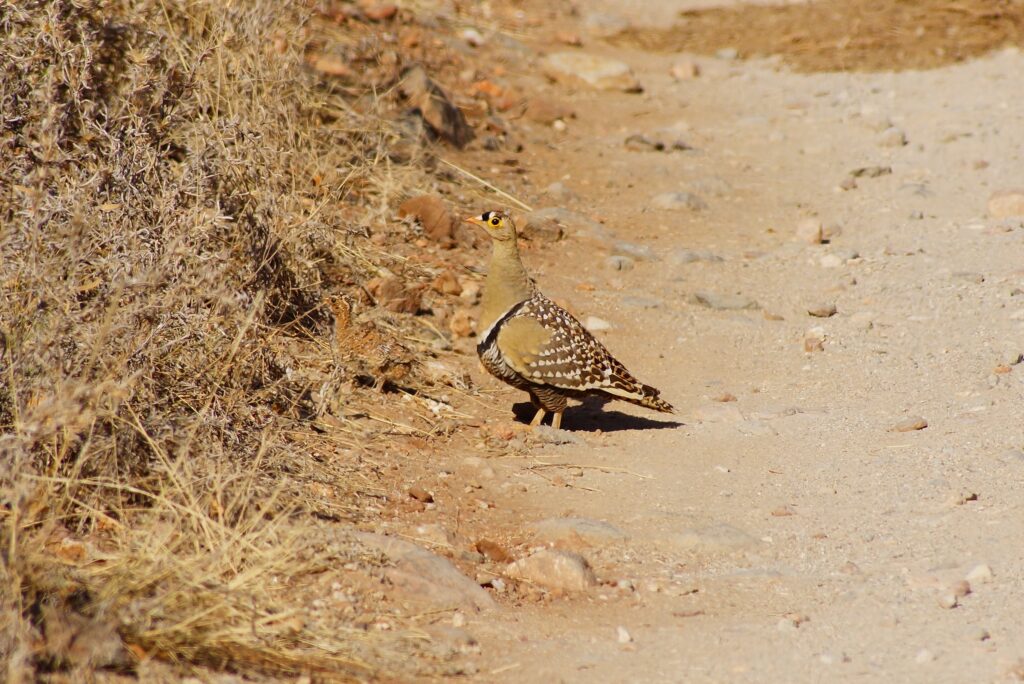Water-Carrying Wonders: The Unique Strategy Of Sandgrouse Parents
The remarkable adaptation of sandgrouse to provide water to their fledglings showcases the ingenuity of nature’s solutions to survival challenges. Recent high-resolution imagery has unveiled a previously unknown mechanism that these desert-dwelling birds employ to ensure the hydration of their offspring.

Sandgrouse, inhabitants of arid landscapes, face the daunting task of securing water to nurture their vulnerable fledglings. In an environment where water is scarce and distances to water sources can be substantial, this avian species has evolved a unique strategy. The discovery of tightly coiled filaments in their feathers, capable of unfurling upon contact with water, sheds light on their extraordinary technique.
These filaments, resembling miniature springs, transform the sandgrouse’s feathers into a sophisticated water-trapping mechanism. When dampened, the filaments gradually loosen, expanding the surface area of the feathers and effectively turning them into sponges. This ingenious adaptation enables the birds to absorb and store water efficiently, transforming their bodies into mobile water carriers.
The sandgrouse’s ability to transport water-soaked feathers to their offspring is a testament to the intricacies of evolution. This mechanism not only showcases nature’s aptitude for solving complex challenges but also highlights the lengths to which living organisms can go to ensure the survival of their species in hostile environments.

The revelation of this hidden feature in sandgrouse feathers underscores the significance of scientific exploration in uncovering the mysteries of the natural world. By understanding the intricacies of such adaptations, researchers can glean insights into innovative engineering solutions that could find applications in various human endeavors, such as water transportation and storage technologies.
